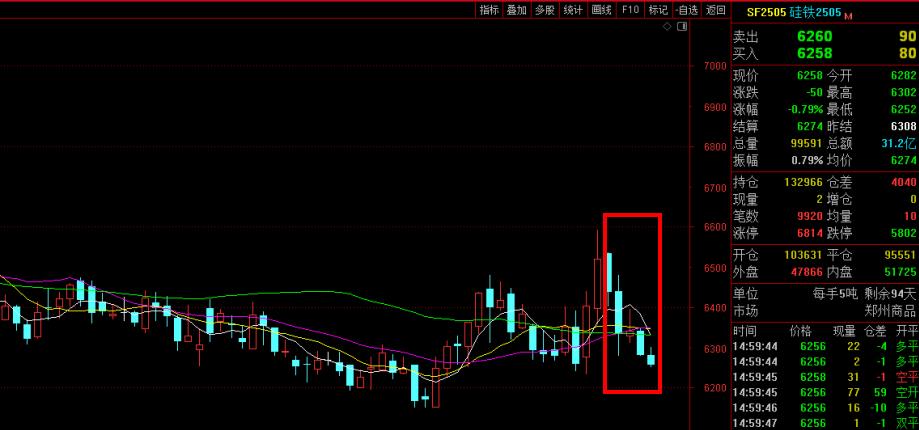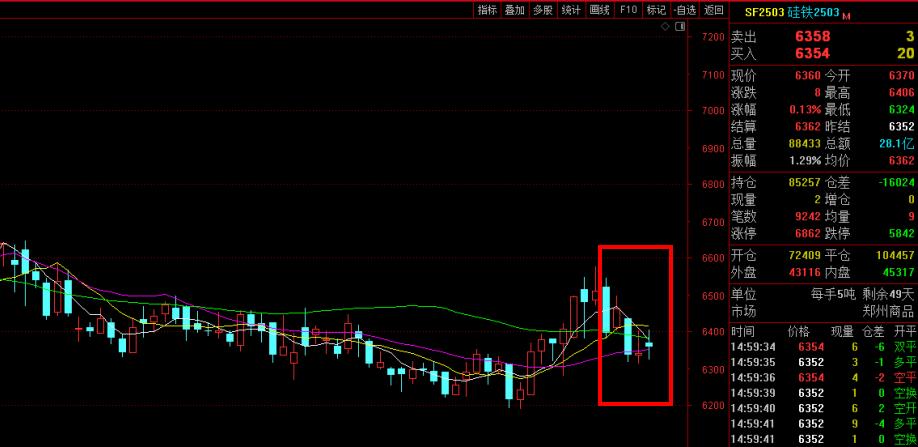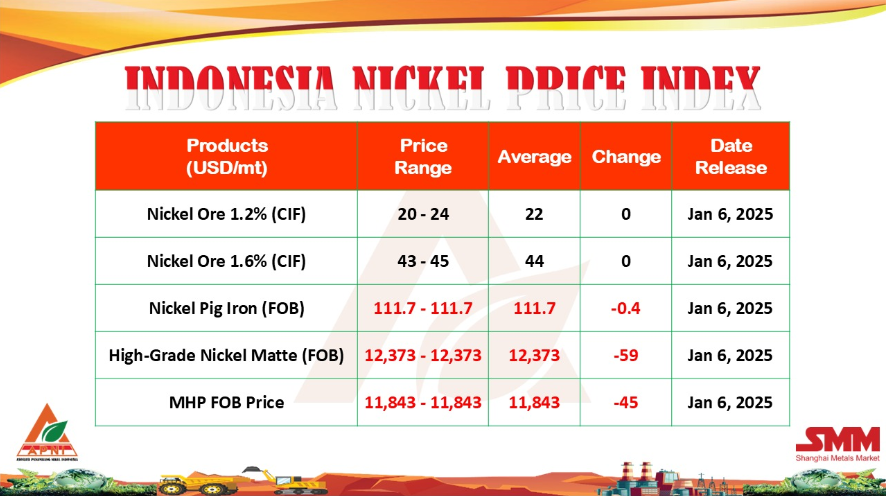Tungsten, also known as wolfram, is a shiny, silvery-white metal with low reactivity and the highest melting point of all metals. It is also one of the heaviest metals with a density of 19.25 grams per cubic centimeter.
Tungsten is mined all over the world, though China leads the way in production — it put out 68,000 tonnes in 2014, much higher than Russia’s 3,600 tonnes and Canada’s 2,200 tonnes. Deposits can be found near orogenic belts, areas where tectonic plates have collided to form mountains. These belts run through the Far East, the Asiatic part of Russia, the east coast of Australia, the Alpine belt as well as the Rocky and Andes mountains.
Tungsten uses are extremely varied as the metal’s hardness makes it valuable for shaping everything from metals to plastics and ceramics. About two-thirds of tungsten is used for cemented carbide and other construction applications. It is also important for high-speed steels and creep-resistant steels and alloys. Additionally, the metal is used for everyday purposes like the vibration alert in cell phones, light bulb filaments, electrical and electronic contacts, solar panels and window heating.
Here the Investing News Network breaks down the primary tungsten uses, explaining why the metal is ideal for various applications.
Tungsten uses: Cemented carbide
As mentioned, the majority of tungsten is used for cemented carbide, which is a hard material used in cutting tools for machining and other industrial applications. Cemented carbide, which is often referred to as hardmetal, is made by mixing tungsten monocarbide powder with carbon powder and heating the mixture to 2,200 degrees Celsius. This process results in a material with a hardness close to diamond.
Cemented tungsten carbide tools are used in the aerospace, automotive and construction industries as well as in oil and mineral exploration and mining. Applications for cemented carbide include wear parts, carbide rotator cutters, metal-forming tools and rolls for hot rolling.
Tungsten uses: High-speed steels and super alloys
After cemented carbide, tungsten is most used in the making of high-speed steels and super alloys; those applications took a 24-percent share of demand in 2012. High-speed steels have the ability to machine materials at high cutting speeds; they are complex iron-based alloys made from a combination of carbon, chromium, vanadium, molybdenum or tungsten, and in some cases a fair amount of cobalt.
According to ASM International, the world’s largest association of metals-centric materials engineers and scientists, the first research work on 14 percent tungsten alloy in 1903 led to the development of the first high-speed tool steel, known now as T1.
Tungsten uses: Mill products
Mill products, such as tungsten rod, sheet and wire, light bulb filaments and electrical contacts, account for about 14 percent of tungsten use. The metal’s use in light bulb filaments has declined with the introduction of new lighting technologies, but “tungsten mill products are also used in ammunition and armor, in the automotive and aerospace industry, as furnace elements, in electronics, as jewelry, in medical and nuclear applications, for sports equipment and as welding electrodes,” as per Vital Metals (ASX:VML).
Tungsten uses: Chemicals
Chemicals industry applications are the smallest market for tungsten with less than 10 percent of global consumption. However, a variety of tungsten compounds are used as lubricants, catalysts, pigments for ceramic glazes and enamels, as well as in electronics and electrical applications.
Article from the Internet for reference only
Copyright © 2013 Ferro-Alloys.Com. All Rights Reserved. Without permission, any unit and individual shall not copy or reprint!
- [Editor:Sophie]



 Save
Save Print
Print Daily News
Daily News Research
Research Magazine
Magazine Company Database
Company Database Customized Database
Customized Database Conferences
Conferences Advertisement
Advertisement Trade
Trade














 Online inquiry
Online inquiry Contact
Contact

Tell Us What You Think